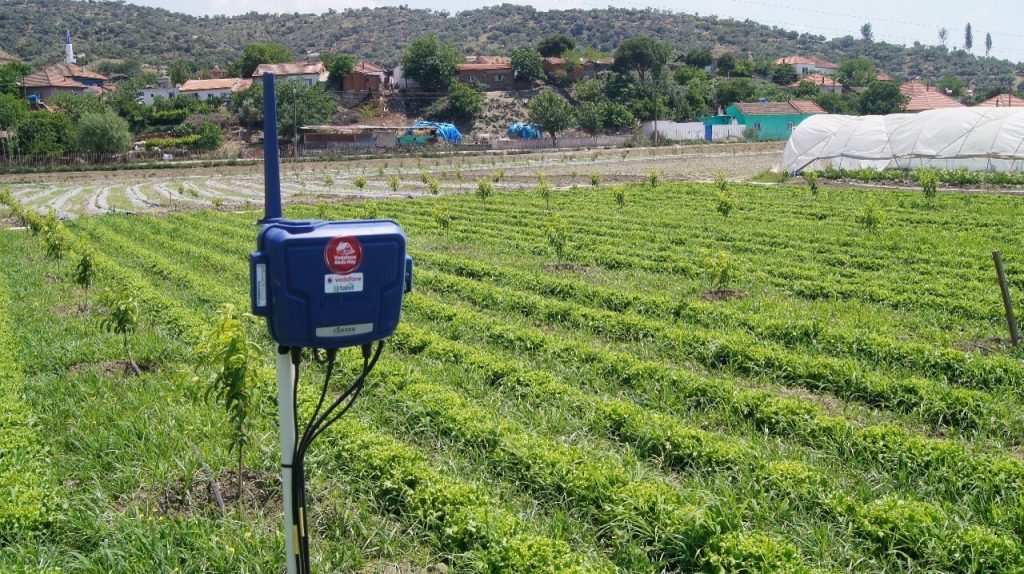
Project Objective
The Early Warning System aims to optimize agricultural irrigation management to ensure that plants achieve optimal growth conditions. By using digital sensors and a real-time alert system, it provides farmers with accurate irrigation information, prevents water waste, increases productivity, and supports environmental sustainability.
Problem Area
When agricultural irrigation is not managed properly, plants can suffer, yields may decrease, and water resources can be wasted. Farmers often struggle to determine the right timing and amount of irrigation, which poses a significant problem for agricultural productivity and sustainability. This issue is particularly evident when using traditional irrigation methods.
Social, Economic, and Environmental Impacts
Social Impact: Poor irrigation management can negatively affect farmers’ income and threaten food security. Damaged crops can endanger livelihoods and reduce agricultural employment opportunities.
Economic Impact: Inefficient irrigation leads to the waste of resources such as water and fertilizers, increasing costs and reducing productivity. Proper irrigation management can lower costs and improve farmers’ income.
Environmental Impact: Incorrect irrigation practices contribute to water depletion and soil erosion. Over-irrigation exacerbates water scarcity and environmental imbalance. Effective irrigation management helps conserve environmental resources and maintain ecological stability.
Solution Strategy
The solution strategy focuses on providing farmers with timely and accurate irrigation information through an early warning system. Using smart sensors and data analytics, soil moisture levels, weather conditions, and plant needs are monitored. Farmers can access real-time information about their fields and irrigation requirements via mobile phones, tablets, or computers, allowing them to irrigate precisely when needed and prevent crop stress or damage.
Uniqueness of the Solution Strategy
Early Warning System: Provides real-time alerts to farmers using digital sensors and data analytics, enabling proactive responses.
Data Analytics and Artificial Intelligence: Smart algorithms analyze data and recommend optimal irrigation strategies tailored to field conditions.
Ease of Use: Farmers can conveniently access and manage the system via mobile devices, tablets, or computers.
Project Goals and Differentiation
Goal: Ensure optimal plant growth through accurate irrigation management while preventing crop damage.
Difference: The Early Warning System enhances agricultural efficiency, prevents resource waste, and supports environmental sustainability through smart, data-driven irrigation control.
Project Activities and Promotion
The project is promoted through farmer training programs, awareness campaigns, and collaborations with agricultural experts. Additionally, it is showcased at agricultural fairs and industry events to demonstrate its benefits and engage with farming communities.
Sustainability Goals
Agricultural Productivity: Increase productivity and reduce production costs through optimized irrigation management.
Water and Resource Efficiency: Promote sustainable agriculture by ensuring the efficient use of water and other natural resources.
SDG Impacts
Clean Water and Sanitation (SDG 6): Promotes the conservation of freshwater resources by optimizing irrigation practices.
Zero Hunger (SDG 2): Contributes to food security by enabling higher and better-quality crop yields through efficient irrigation management.
Business Model
The project adopts a subscription-based model, where farmers pay a periodic fee to access the Early Warning System and its analytical tools. Additional funding can be sourced from government programs or agricultural organizations to support large-scale deployment and ensure long-term sustainability. A portion of the project’s revenue is reinvested into research and technological development for system improvements.
